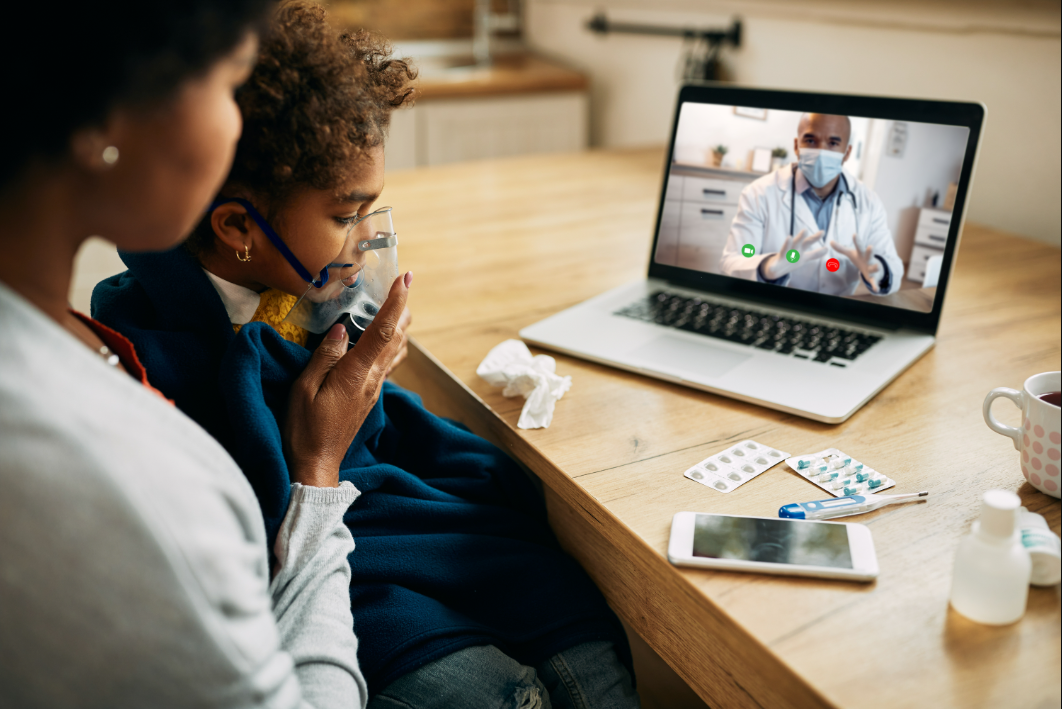PsychRx brings mental health care into the home with a secure, patient-first psychiatric telehealth system. By using video for the initial evaluation, audio phone calls for follow-ups, and a streamlined online prescription refill service for stable patients, PsychRx removes common barriers to consistent treatment. This article explains how the model supports safety, continuity, and easy access to telehealth for mental health.
Start strong with a visual assessment
The initial appointment at PsychRx is a video visit. This enables clinicians to pick up on nonverbal cues—facial expressions, psychomotor activity, eye contact—that are critical for accurate diagnosis and medication decisions. A secure video platform also builds rapport, letting providers listen and observe in a way that mimics an in-person visit. For anyone exploring psychiatric telehealth, starting with video creates a thorough clinical baseline and promotes trust.
Follow-ups that respect your life
Once a treatment plan is in place and the patient is stable, PsychRx transitions to audio (phone) follow-ups. These shorter, focused calls are flexible and reduce the technological friction that sometimes keeps people from seeking care. Phone check-ins are ideal for routine monitoring of mood, side effects, and daily functioning. They help patients maintain continuity of care without the time and travel burdens of traditional clinics—an essential feature of modern telehealth for mental health.
A refill process designed for continuity and safety
PsychRx’s prescription refill service is intentionally simple: stable patients complete a brief online form that asks about stability, side effects, and any changes in health. Providers carefully review each submission against the patient’s chart before issuing a three-month prescription refill when clinically appropriate. This process minimizes interruptions in medication access while ensuring responsible oversight—an effective blend of convenience and clinical prudence.
When clinicians need to step in
Refill requests are never automatic. If a provider identifies concerning answers—worsening symptoms, new side effects, or medication interactions—they promptly schedule a follow-up tele-visit (video or phone) to reassess. This safety loop keeps access fast for most patients while protecting those who need closer attention.
Conclusion
PsychRx’s hybrid approach—secure video evaluation, convenient audio follow-ups, and a vetted online refill process—makes psychiatric telehealth practical, safe, and patient-centered. By matching the right communication method to each stage of care, PsychRx ensures telehealth for mental health that reduces friction, maintains clinical quality, and keeps patients connected to the support they need from home.





Comments